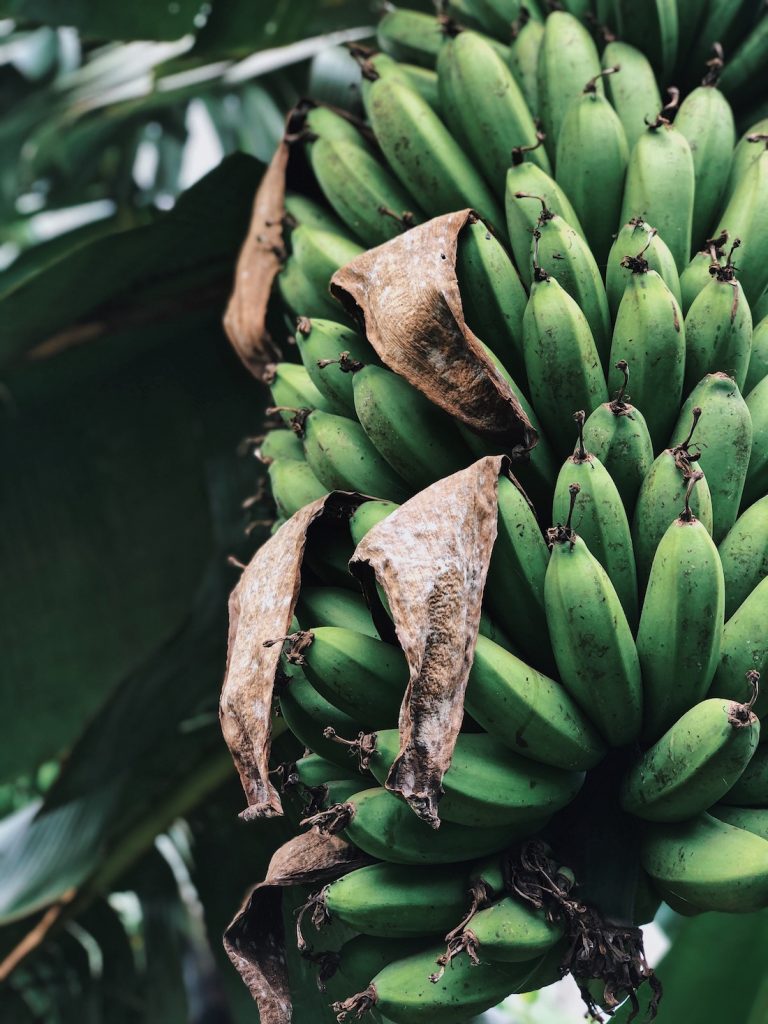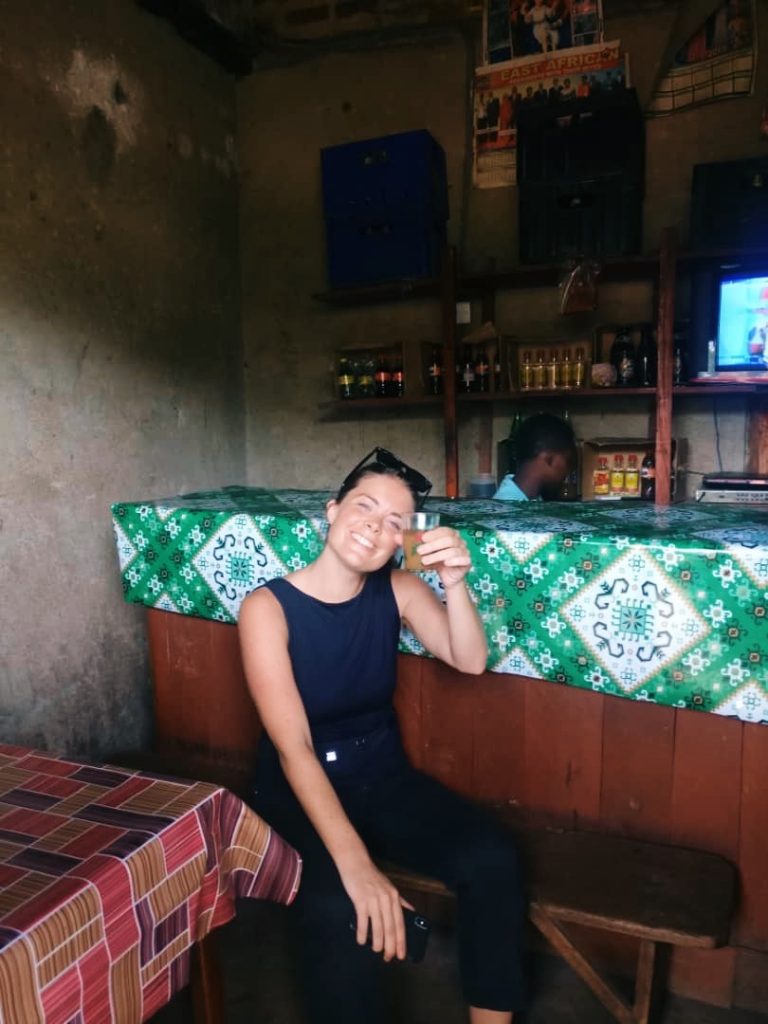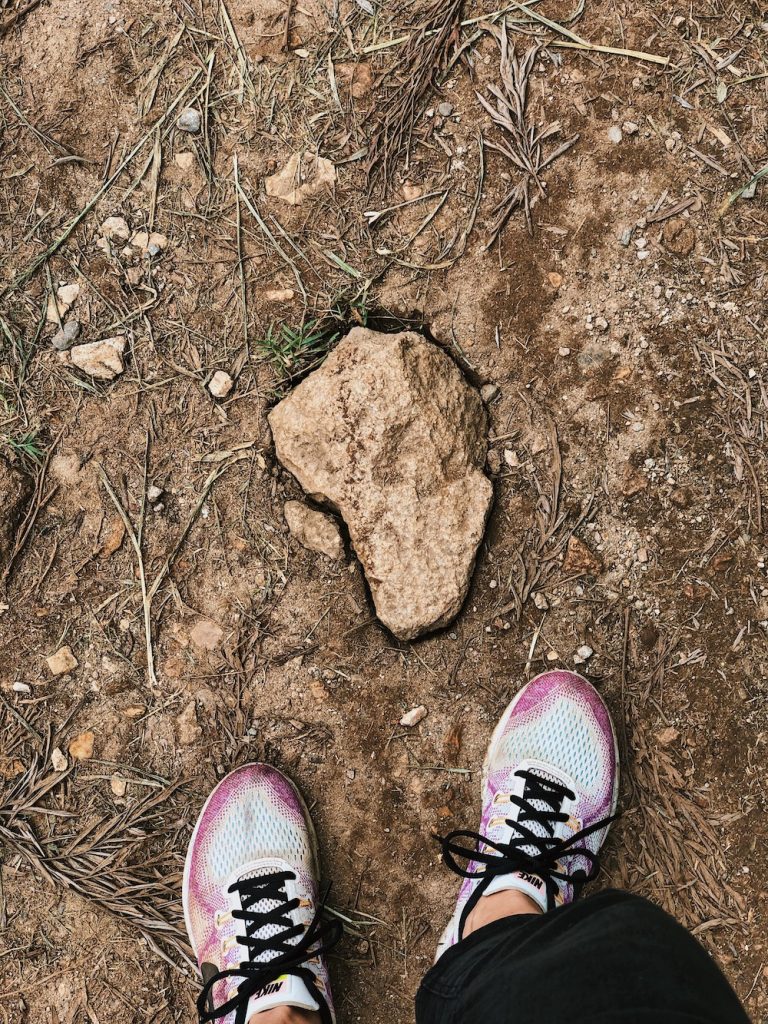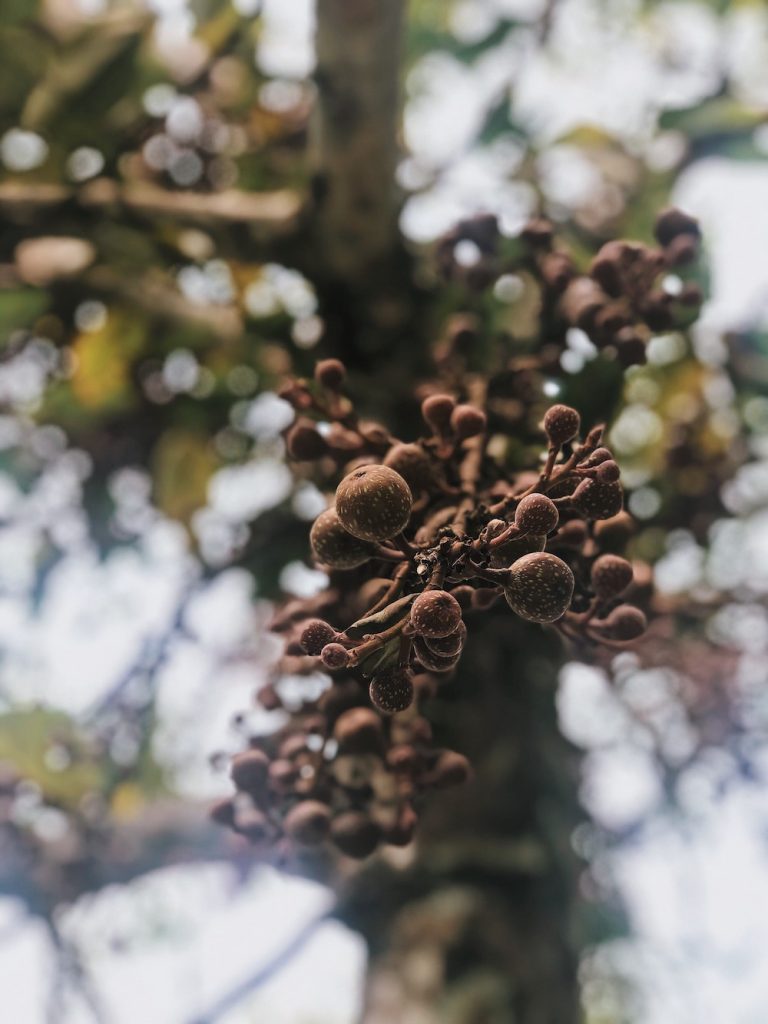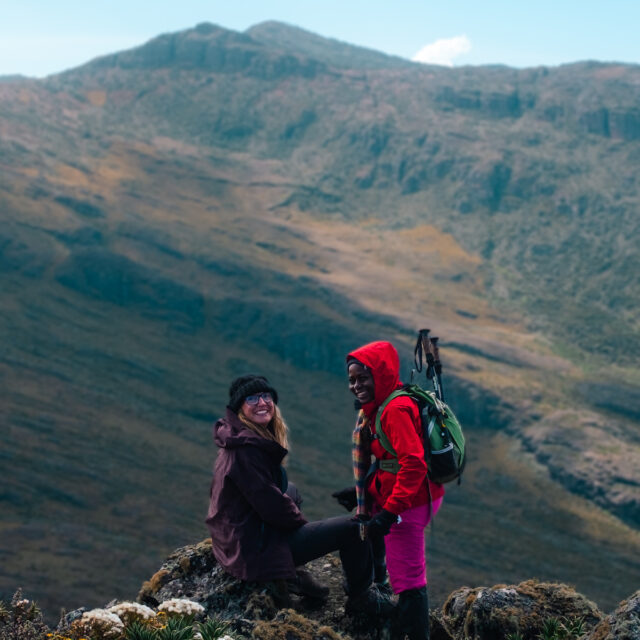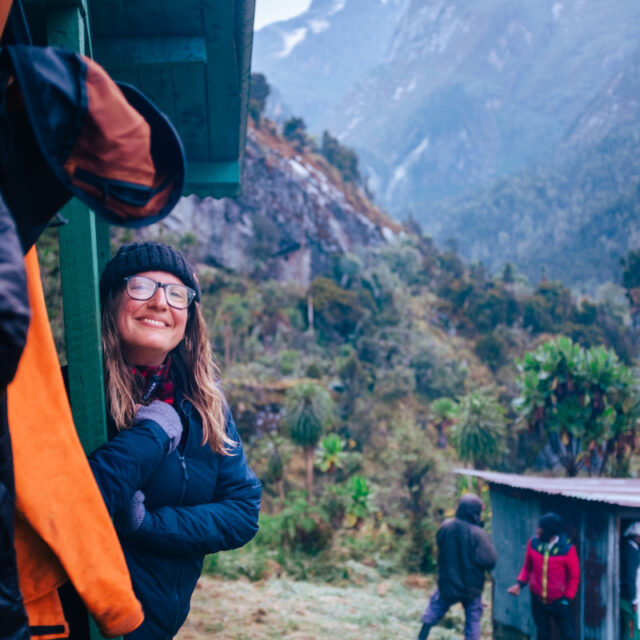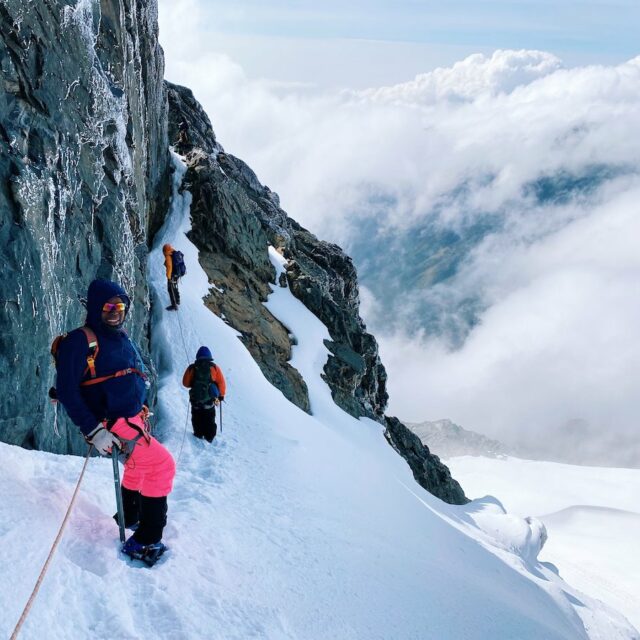Fort Portal, Uganda.
The chaos is overwhelming in the beginning. From the moment my boda crosses over into town and descends into the downtown of downtown Kampala, there is a swarm of people, cars, boda bodas, cows, taxis, goats, bicycles, trucks, chickens and rolex stands surrounding us. Clinging onto my backpack, I let the boda driver weave his way through the thick of it, making his way towards our destination: the bus terminal. The air is thick with the smell of fresh produce, spoiled meat, spices, exhaust, dumpster fires, sweat and grilled meat. Most expats in Kampala avoid this part of town, but Owino market is in many ways the heart of the city. When we finally reach the bus terminal, it is like reaching an oasis of order in a boiling sea of chaos.
After a long and intense November, five of us had decided we needed a proper long-weekend of doing nothing. Armed with books, swimwear, cotton shirts and whiskey, we headed for Fort Portal in Western Uganda, via the bus terminal downtown.
Fort Portal lies on the rolling hills leading up to the majestic Rwenzori mountains in Western Uganda. It is the capital of the Toro Kingdom and is only a 4.5-hour drive from Kampala.
At the bus terminal, I meet up with two of my friends and buy tickets from the iron-barred ticket counter. And then we wait. Not for the bus mind you, but for our notoriously late travel companions. As the first bus leaves without us, I begin questioning why I invited them along. The tranquillity of the bus terminal breaks as the second bus starts loading on passengers. The bus operates on a “first-come, first-serve”-policy and everyone is scrambling for a seat. At the very last minute, the two remaining members of our party arrive, sweaty and out of breath.
We board the bus.
Buses in Uganda are different from the ones we have in Norway. Norwegian buses are made for people that prefer a minimum of 30 cm of space around them and actively avoid talking to strangers. Ugandan buses manage to squeeze 5 seats into the space normally configured for 4 and then squeeze 6 people plus luggage into those 5 seats.
As a 1,73 cm tall, broad-shouldered Scandinavian, this is not unproblematic, but I make do with what I have.
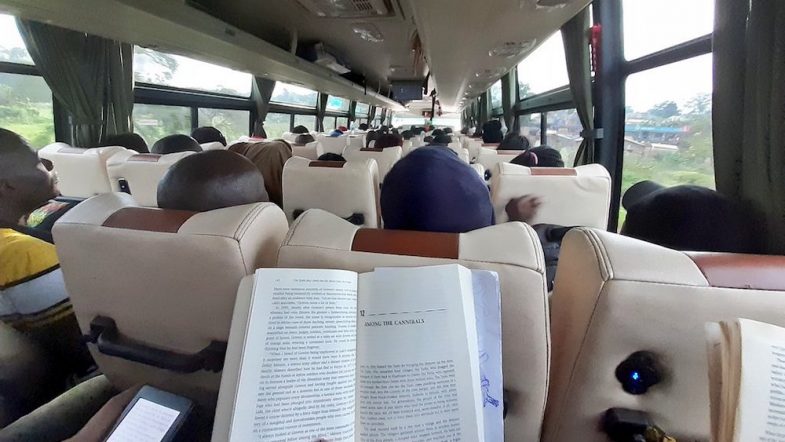
We settle in, and after waiting for 45 sweaty minutes while the bus drivers stubbornly refuse to leave until they’ve filled the last remaining seats on the bus, we are off. I sit leaning forward for most of the ride, sweat sliding down my back as the AC has decided not to work today. We pass through rolling hills, sprawling marshes and bush, interrupted by trading centres painted in MTN yellow, Pepsi blue and Airtel red. No one lives in the trading centres, but during the day and early evening, they are bustling with activity as people come from nearby villages and farms to trade goods and socialise. Whenever a bus stops, street vendors will rush forward to thrust sticks of grilled meat and bottles of cold off-brand soda up to the passengers to sell.
I have, knock on wood, never gotten food poisoning from the street meat, but refrain from my usual combo of grilled chicken and roasted gonja.
We arrive in Fort Portal around sunset, and after a quick meal at an Indian restaurant, hop in a car heading south. Our getaway for the weekend is a small community-run campsite near Kibale National Park. Nkuruba Nature Reserve is sprawled on the hilltop overlooking one of the area’s famous crater lakes. The small community is surrounded by luscious trees and monkeys. So. Many. Monkeys.
We go to bed early.
The morning brings the chattering of birds and distant screams of monkeys. The chaos of Kampala is far away, and the great outdoors surrounds the banda. I lie awake in bed listening to the sounds.
We spend three days talking, reading and eating, taking the occasional break to go for long swims in the crater lake. Julius, the manager of the community, takes us on a walk in the neighbourhood, introducing us to the village and the local banana brew. At night we light up a bonfire and share outrageous stories from our teens and twenties. The night sky is so clear we can see the Milky Way. I don’t want to leave, and question why I insist on living in a large, polluted city full of lights, traffic and noise.
Who needs Netflix when you have live entertainment from black-and-white and red colobus monkeys? Who needs infinity pools when you can swim in a volcanic crater filled with fresh rainwater? Lake Nkuruba is a hidden treasure.
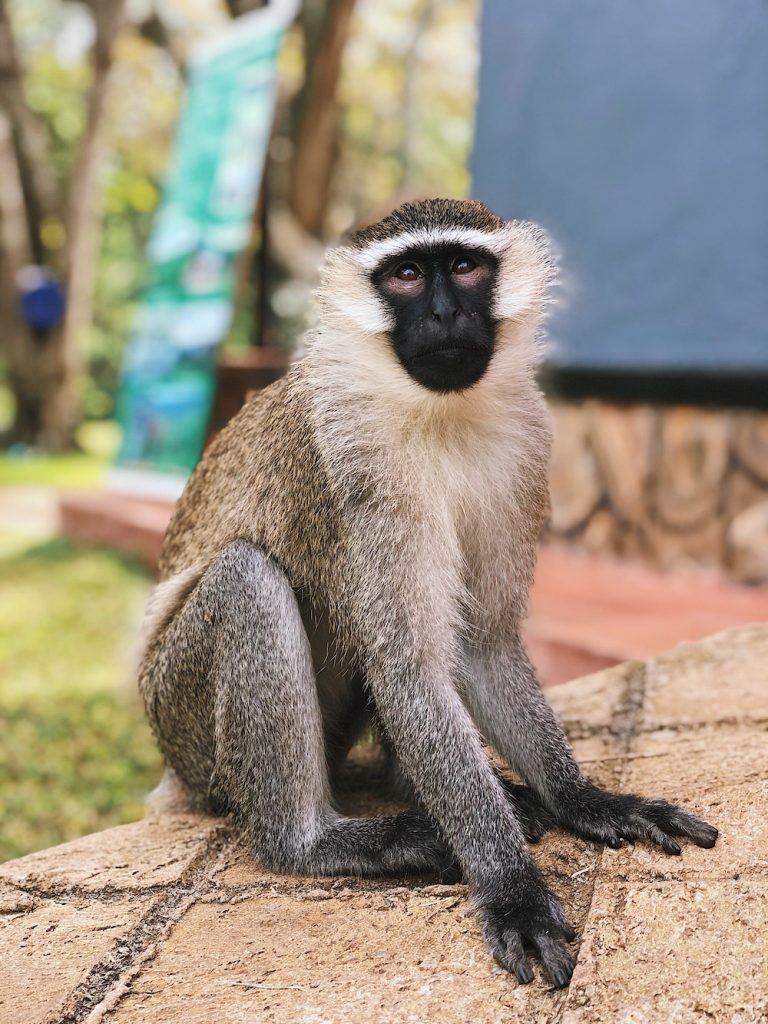
On Sunday, we go for a final swim in the lake, say goodbye to the trees and monkeys, and hop on a bus back to Kampala. This time they have managed to squeeze 6 adults and 3 children into 6 miniature seats, but even this can’t ruin the calm. We return to a chaotic city centre, but the peace stays. As I lie down to sleep in my own bed I can still smell the fire and hear the monkeys, intermingled with the crying from the baby in the apartment downstairs and the honking from the traffic on Spring Road.
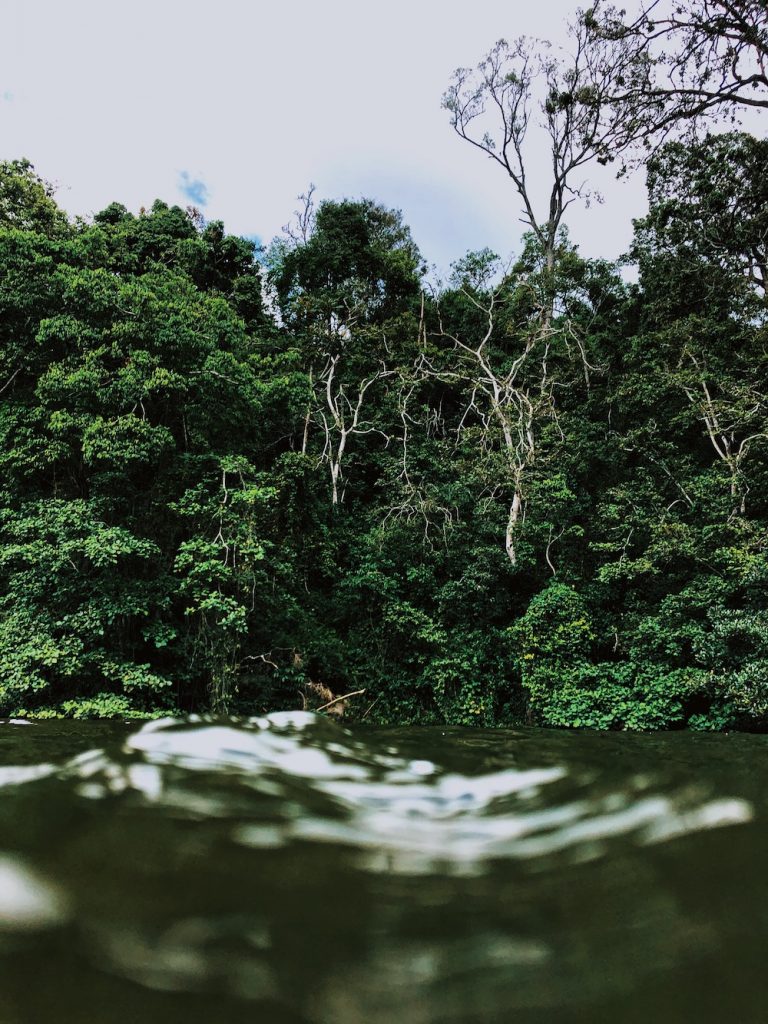
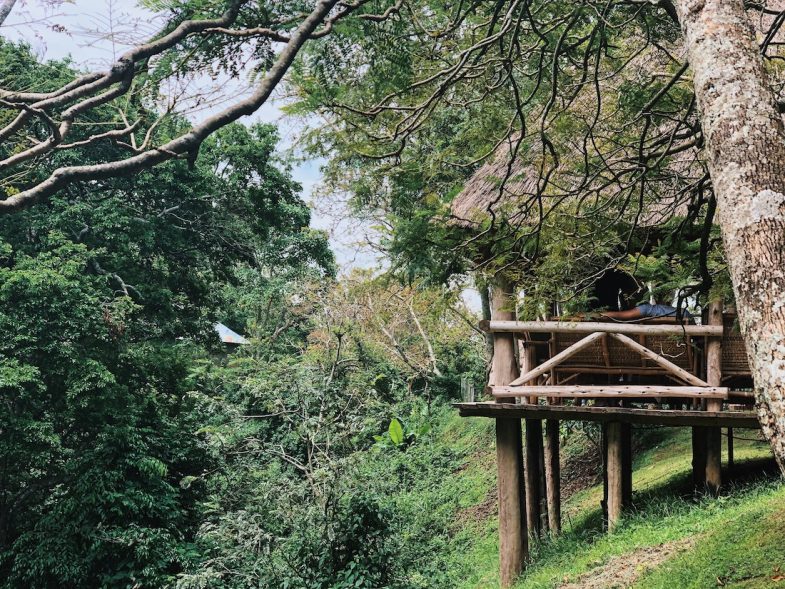
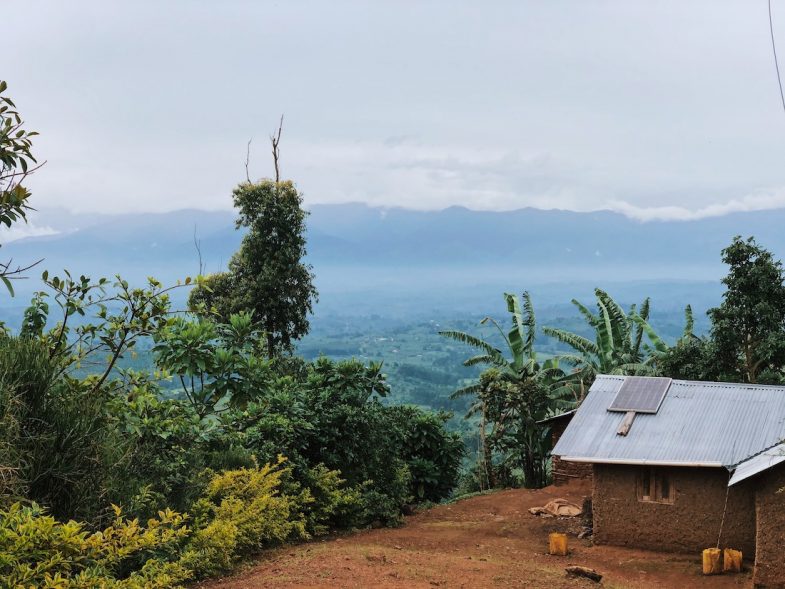
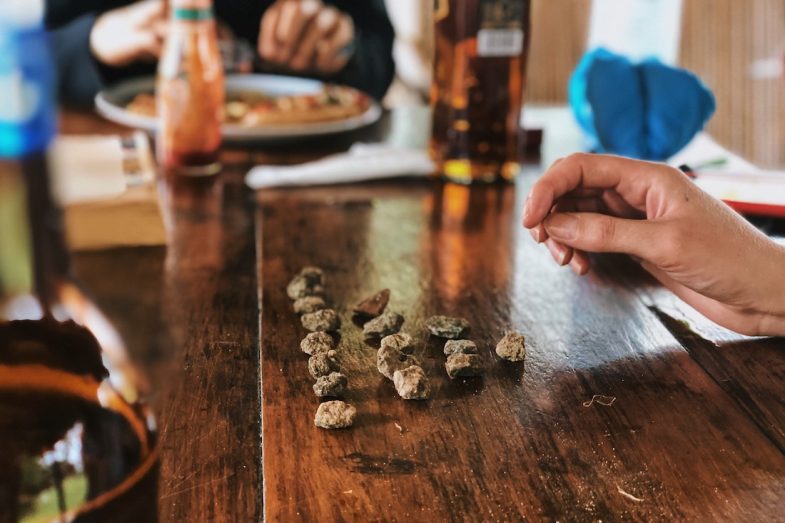
The former boy scout came in handy when we needed a game to pass the time. This is poor man’s chess.
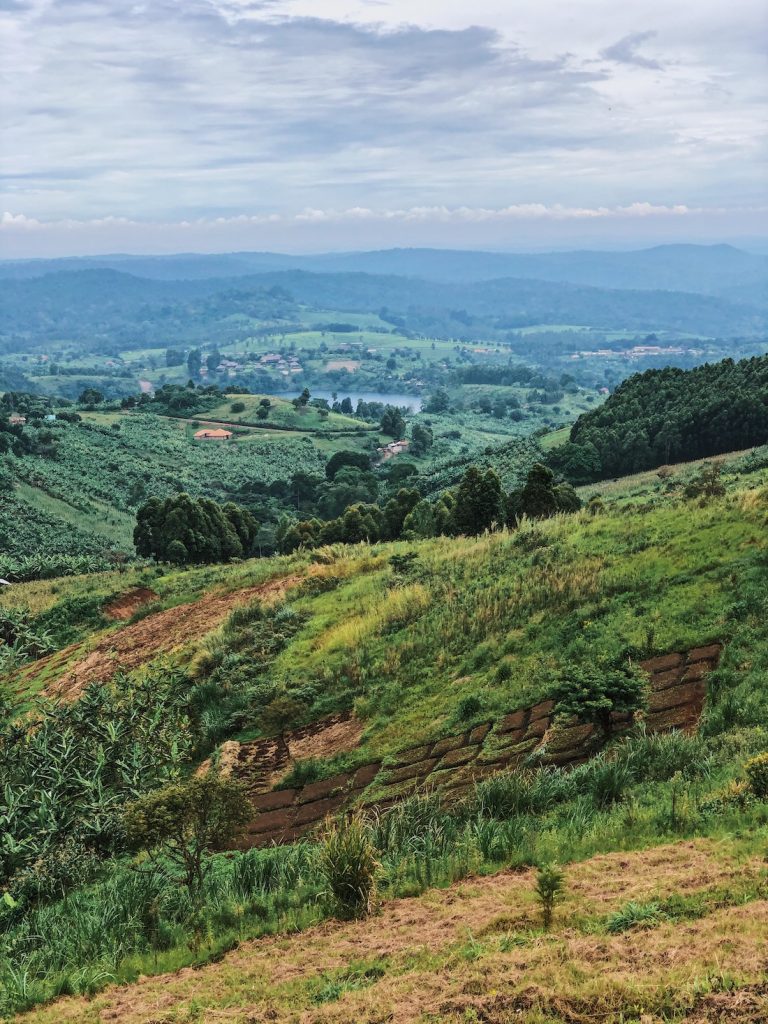
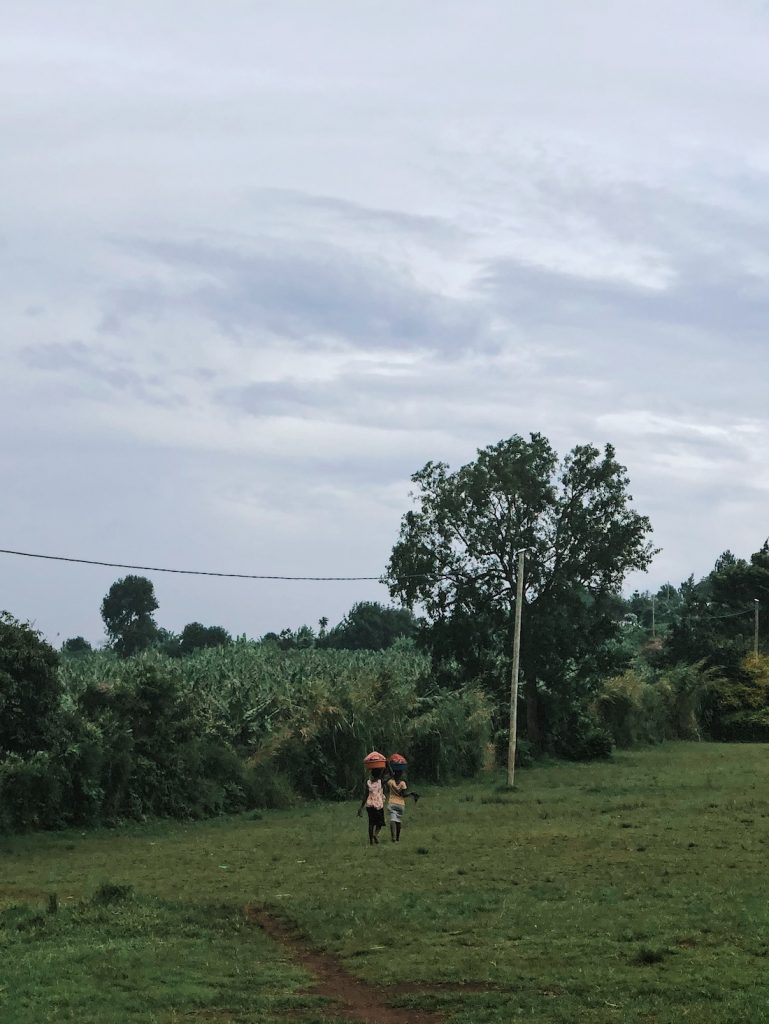
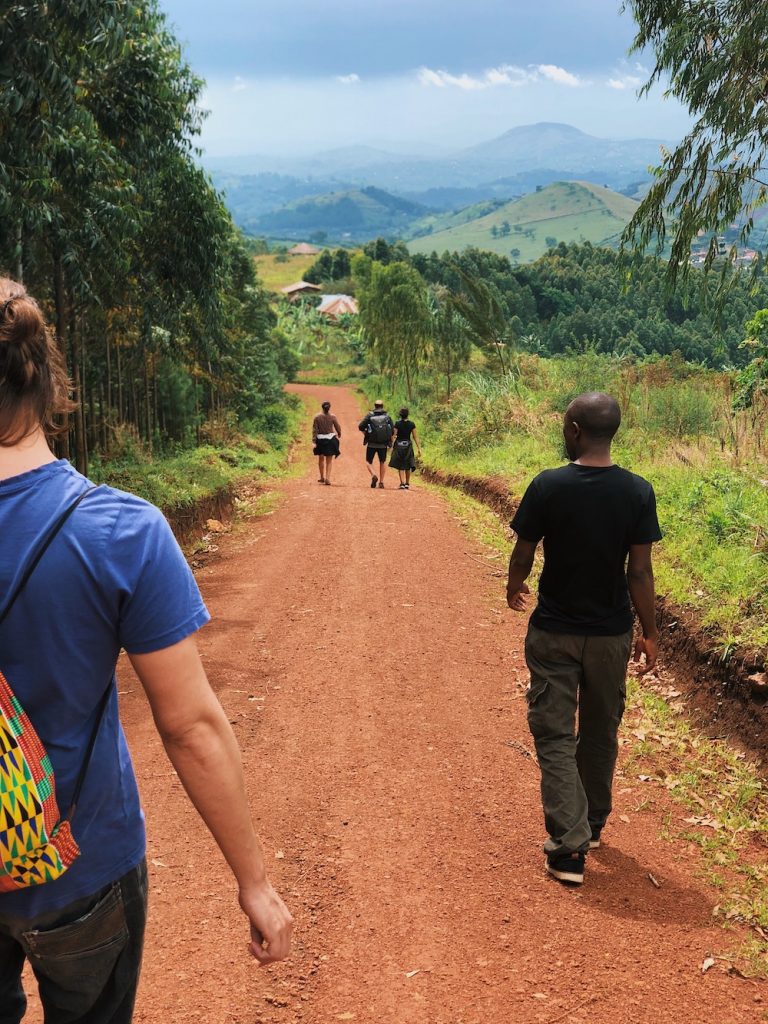
On our walk through the neighbouring village, we stopped at a local bar to sample the local banana-based brew, also known as mubisi or mwenge. For UGX 500 (or 14 cents) a glass, usually served in repurposed glass or plastic bottles, this is proper moonshine.
It is made by first cooking mashed green bananas (matoke), then adding yeast to ferment it, and finally, tea leaves to give it colour. This according to the woman who had made the brew. The fermentation process can be anything between a day and a week. Out of the ones we tested, I can recommend longer fermentation (for a less yeasty-flavour).
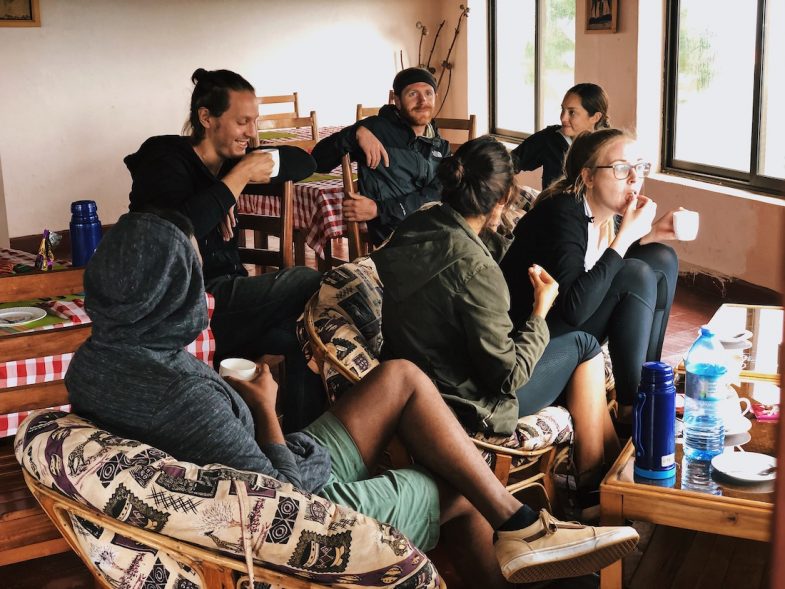
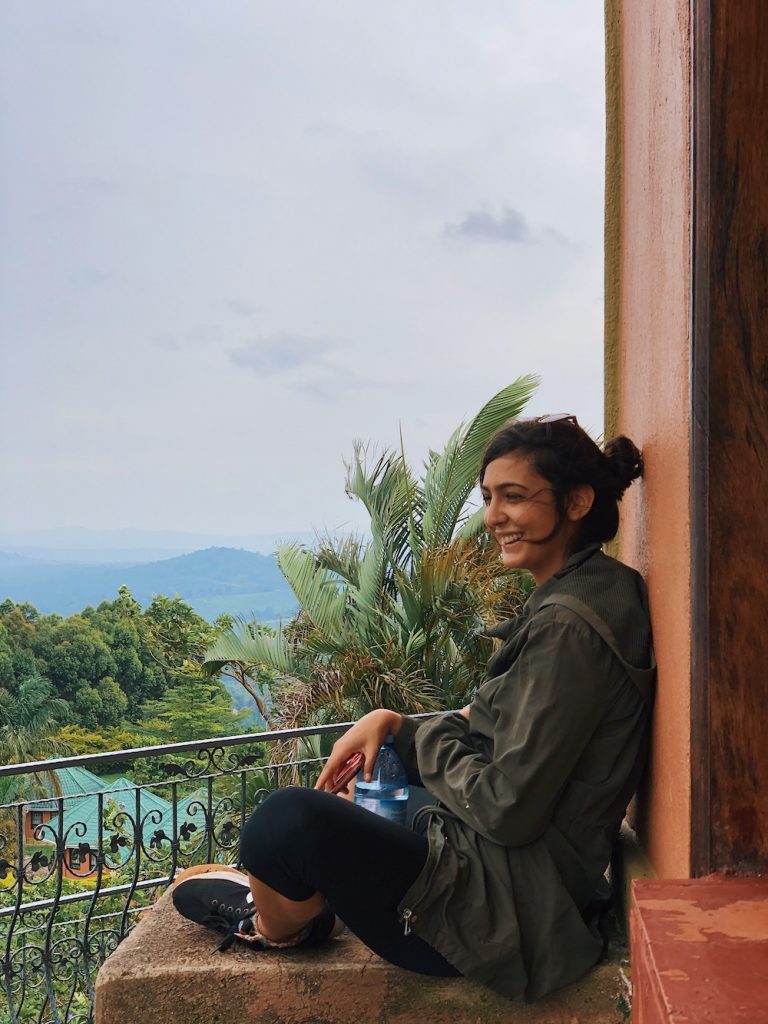
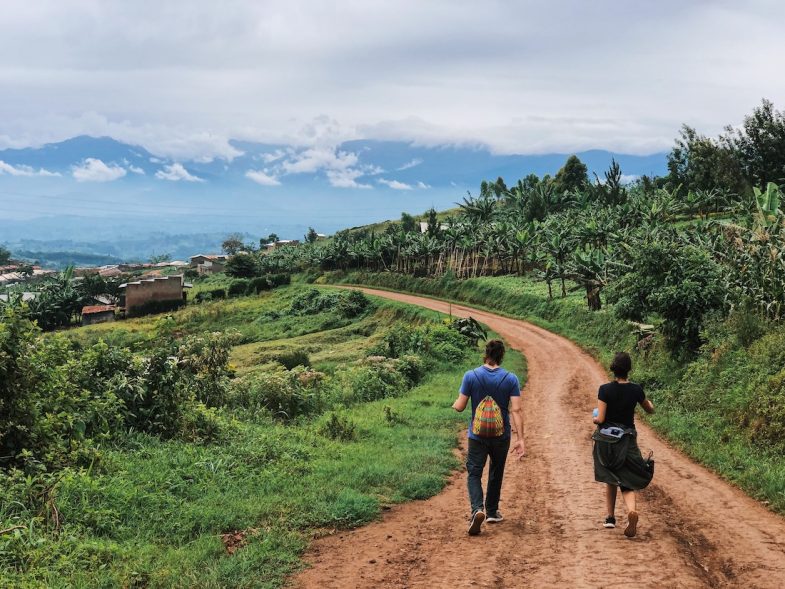
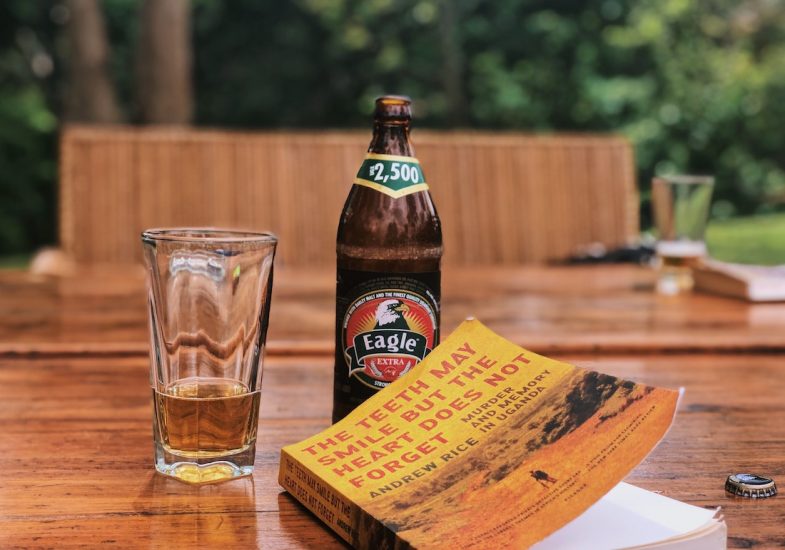
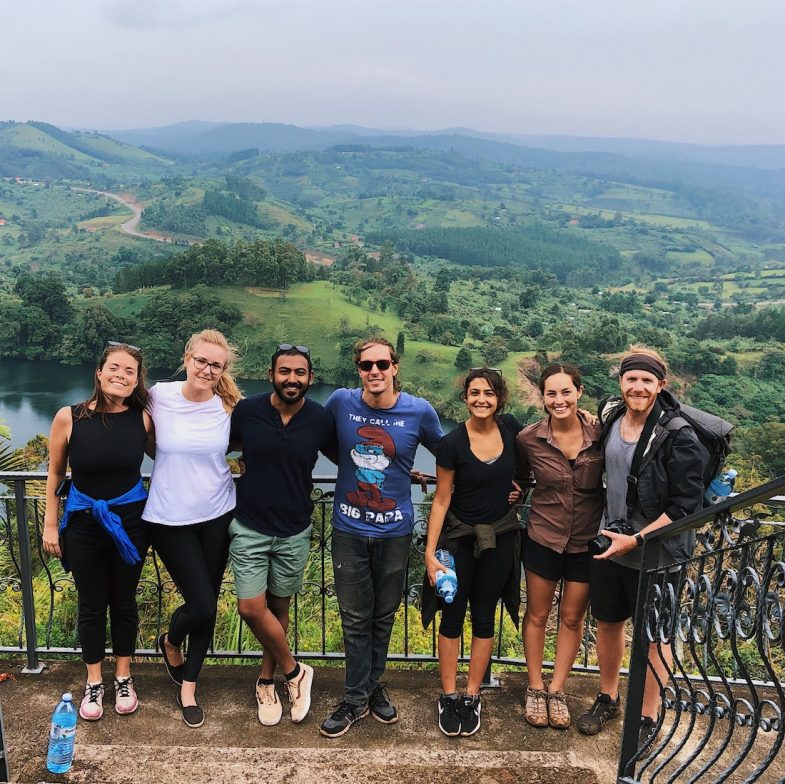
Finally, some clips from our crater lake:

